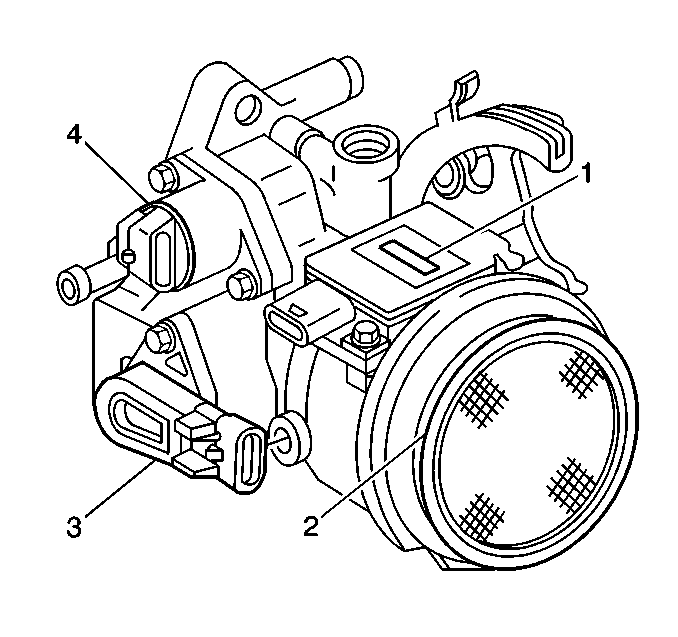The fuel metering system starts with the fuel in the fuel tank. An electric
fuel pump, located in the fuel tank with the gauge sending unit, pumps fuel
to the fuel rail through an in-line fuel filter. The fuel pump is designed
to provide fuel at a pressure above the pressure needed by the fuel injectors.
A fuel pressure regulator in the fuel rail keeps fuel available to the fuel
injectors at a constant pressure. Unused fuel is returned to the fuel tank
by a separate pipe. For further information on the fuel tank, in-line filter,
and fuel pipes, refer to
Fuel Supply Component Description
.
The accelerator control system is a cable type. There are no linkage
adjustments. Therefore, the specific cable for each application must be used.
The accelerator cable is routed through the groove in the throttle body
lever.
When maintenance has been performed on the accelerator controls, verify
that all of the components are installed correctly and that the linkage and
the cables are not rubbing or binding in any manner. The throttle should
operate freely and without binding between full-closed throttle and wide-open
throttle.

